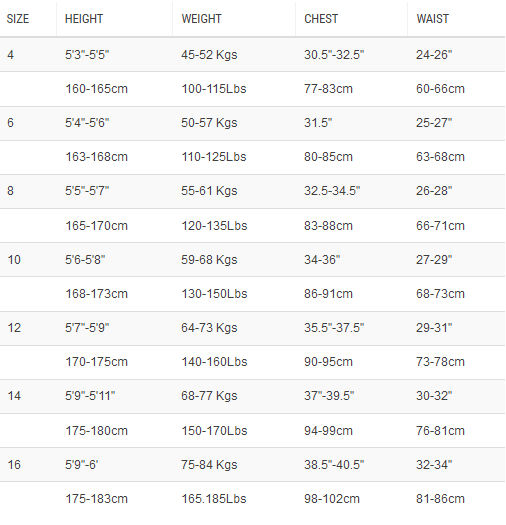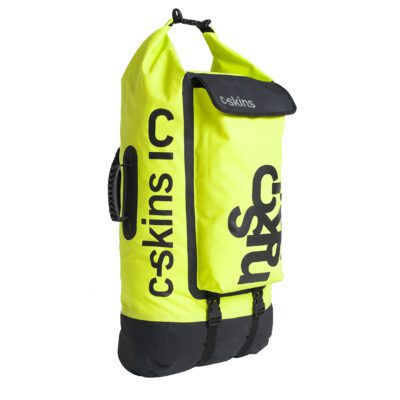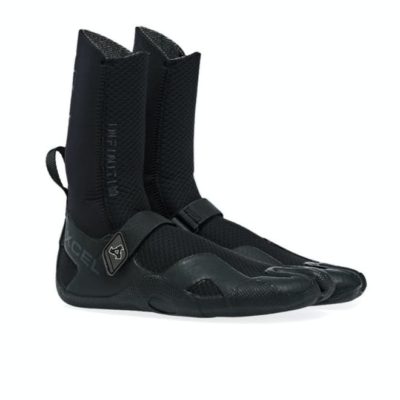Description
BILLABONG WOMENS – SYNERGY 4/3MM – CHEST ZIP WETSUIT – BLUE WAVE
The Synergy is for the surfer who prioritizes warmth, durability and value.
The Synergy Womens Series wetsuits deliver lightweight, premium heat and innovative technology with superior value and durability. Made from stretchy and eco-conscious Superlight neoprene combined with glued and blind stitched sealed external seams, the women’s wetsuit boasts excellent thermal retention. Graphene recycler lining at the front and back panels adds incredible strength and heat without adding bulk, while silicone stretch panels at the arms and legs let you get in and out with ease. Finished with a chest zip entry, the 4/3 Synergy Full Wetsuit delivers everything you demand from a premium wetsuit, without breaking the bank.
IN WAVES WE TRUST
We want the pieces we wear in the sea to reflect the respect we have for it, and we felt it was only right that we take a step towards cleaning up our neoprene act. From now on, our neoprene will always be eco-friendly, a love letter to salt-drenched days and to the only ocean we have, who needs us as much as we need her







